Seuss, Blyton, Willy Wonka: With flaws in beloved children’s classics, where does one draw the line?
We should judge the book by the book, not the author, says Vir Sanghvi. The key issue is the ability of stories to poison children’s minds.
Did you understand what the fuss about the withdrawal of Dr Seuss’s books last month was about? I have to say it meant very little to me because Dr Seuss was not part of my reading when I was a child. His stories are a mostly American phenomenon and I had no idea that some of his books contained racist images.
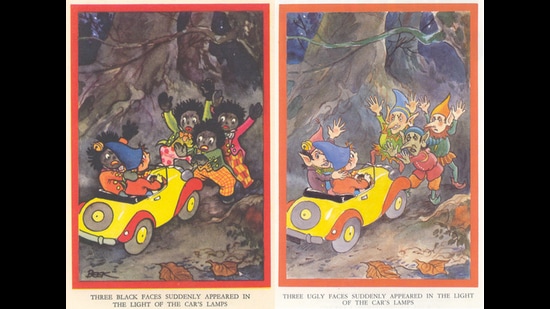
However, I did grow up on the books of Enid Blyton who has faced a more sustained attack than Dr Seuss. The biggest problem with Blyton’s work is a character called Golly who inhabits Toyland and is clearly a racist caricature. I grew up too on Mark Twain, in whose books the ‘N’ word is liberally used and actually forms part of the name of one character. What about Roald Dahl’s Charlie and the Chocolate Factory, where the Oompa-Loompas are African pygmies who are enslaved in Willy Wonka’s factory?
What about If, that stirring poem that schoolchildren are still taught? It is written by Rudyard Kipling, who we now accept had contempt for the idea that Indians could rule themselves.
Meanwhile, there is now a campaign to “cancel” JK Rowling, author of the Harry Potter books, because she has expressed views seen by some to negate the transgender experience.
Is all this political correctness gone mad? Examples of the now-pervasive cancel culture? Or are the objections valid and reasonable?
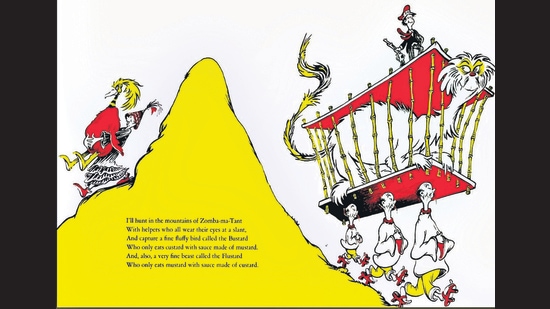
There is no clear, single answer and each case seems different. In the case of Enid Blyton, we need to accept that she was writing at a time when golliwogs were common children’s toys. As late as 2002, the popular food brand Robertson’s still sold jams (in the UK) whose mascot was a golliwog. So perhaps it was understandable that Blyton’s Toyland included golliwogs.
On the other hand, as far back as 1966, the British newspaper The Guardian wrote an editorial criticising Blyton’s book The Little Black Doll, which featured a toy doll who was ostracised for its “ugly black face”, until it was scrubbed pink, rendered pretty and then welcomed back.
So yes, she probably was racist. So it is with Roald Dahl and his Oompa-Loompas. Dahl was (at the very least) an anti-Semite and his estate has had to apologise for his prejudiced views on this front.
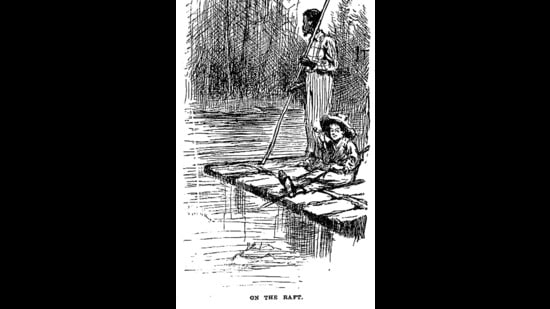
On the other hand, Mark Twain was not a racist and spoke and wrote against slavery. As for Kipling, he believed Indians were unfit to govern themselves, but he created sympathetic and memorable Indian characters such as Mowgli. JK Rowling, whatever her views on transgender issues, has written books that are feasts of the imagination and clearly not racist or prejudiced.
Should an author’s personal views even matter, if they aren’t reflected on the page? Should we deny children the joy of reading Blyton’s Malory Towers and Secret Seven books or even Noddy, because the author was racist? And is it okay for them to read The Adventures of Tom Sawyer because Mark Twain was not?
The short answer is that we should judge the book by the book, not the author. The golliwogs in the Noddy books clearly perpetrate a racial stereotype so they should go. The use of the ‘N’ word in Twain’s books should end — and indeed it has been excised from recent editions. On the Oompa-Loompas, as far back as 1971, the first film version of Dahl’s book changed their race and dispensed with the nonsense about them being from Africa. It made no difference to the book or the movie and children continued to enjoy the tale.
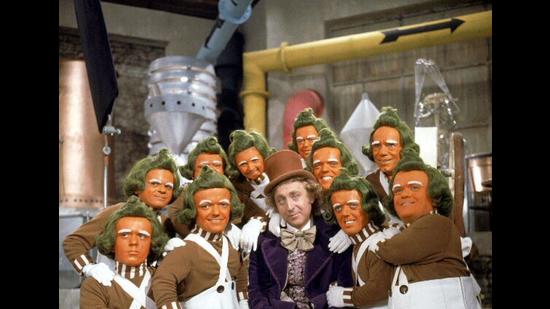
As for Kipling, we may disagree with his views on Indians and our capacity for self-governance, but If is still an inspiring poem for children to read.
The key issue here is the ability of stories to poison children’s minds. A child who grows up reading about Black people as golliwogs, pygmy slaves or ‘N words’ is likely to have his worldview coloured. To object to those portrayals is not political correctness. It is common sense.
When it comes to adult fiction, of course, things get more complicated. Was The Satanic Verses anti-Islamic? Maybe it was. Maybe it wasn’t. Adults should be allowed to read it for themselves and decide.
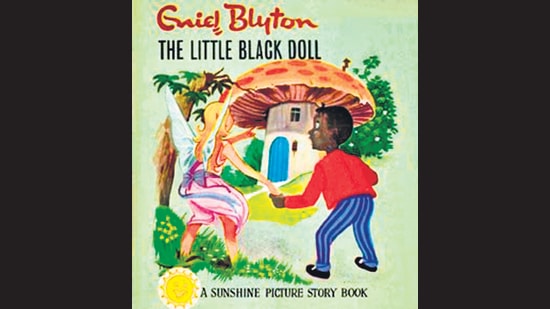
Is The Merchant of Venice anti-Semitic? I don’t think it is but every time the play is staged in America, Jewish groups picket the theatre or protest. They are entitled to that view. But every theatregoer is entitled to make up his or her mind.
Sadly, in India these days, we have surrendered the right to decide for ourselves and handed it over to the mob. So Tandav is called “anti-Hindu”. Scenes should be cut or the makers will go to jail. Why is there a Bhagwad Geeta in Bombay Begums? That’s “anti-Hindu” too. And so on.
Much of the criticism of cancel culture stems from this kind of excess. There is no fundamental right to not be offended. But we act as if it exists. There is however a right to free speech which, if it is to mean anything, must include the right to offend.
Sadly, all too often we deliberately confuse the need to protect children from racial and religious stereotypes with a mandate to censor content consumed by adults.
Bottom line: Children need to be protected. Adults need to be free.





